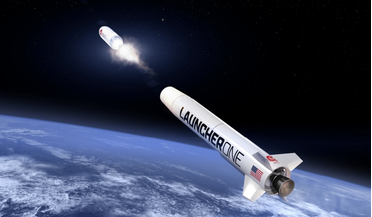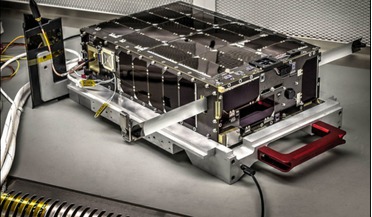 August 2016
Smallsat launch strategy
August 2016
Smallsat launch strategy
... system as a whole remained intact. We would never have been able to mature the technology, grow our expertise in satellite manufacturing and operations, and expand our operational on-orbit fleet so quickly and effectively if we had simply manifested...
 April 2018
Transforming the launch market for small spacecraft
April 2018
Transforming the launch market for small spacecraft
... fast. The most significant mass category within the future small spacecraft launch market appears to be from mini-satellites (100 – 500 kg). The deployment of mega-constellations by OneWeb and Planet will be the small spacecraft market growth...
 March 2022
Smoothing the journey to space with the satellite-as-a-service model
March 2022
Smoothing the journey to space with the satellite-as-a-service model
... encoding schemes using software-defined radio or optical communications equipment. Launched in 2019, ESA’s OPS-SAT mini-satellite is a technology demonstrator, developed to test and validate radically new mission control systems and techniques. The...
 June 2015
Promoting growth at geostationary orbit with a one-stop-shop
June 2015
Promoting growth at geostationary orbit with a one-stop-shop
... that market. Although the first one that we’re in the process of securing isn’t that small. It’s a 3.5 tonne geostationary mini-satellite platform (GMP-T) and is actually the larger end of our product spectrum. The reason for going to the...
... from the manufacturing phase to design The basic model comes from ESA’s Proba family of technology-demonstration mini-satellites, the first of which launched in 2001. The Proba NEXT mission is currently in development, a follow-up to the Proba...
 10 August 2016
Dellingr CubeSat Begins Environmental Testing
10 August 2016
Dellingr CubeSat Begins Environmental Testing
... and is capable of carrying three payloads – a miniaturized mass spectrometer and two no-boom magnetometer systems. The mini satellite will use this technology to create a chemical and electromagnetic profile of the Earth's outer atmosphere. Dellingr...